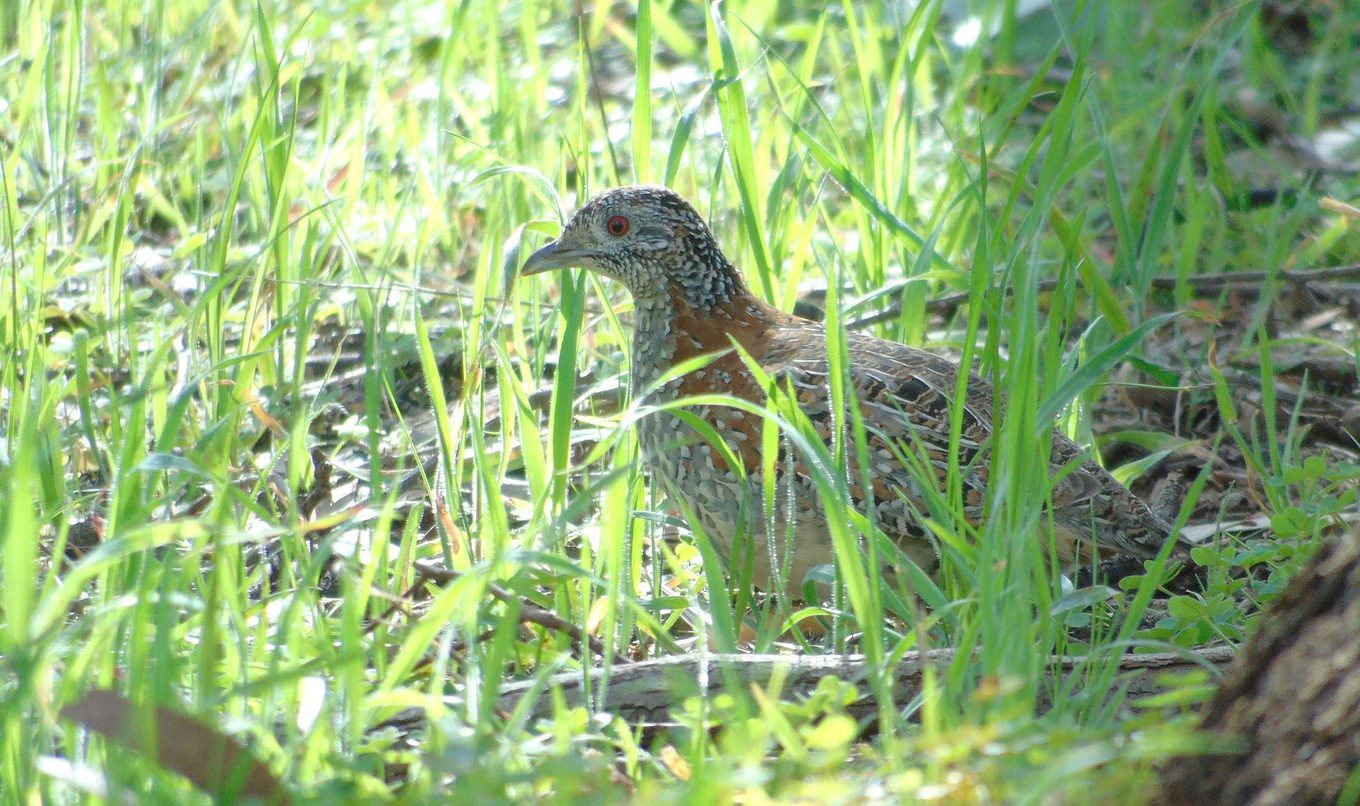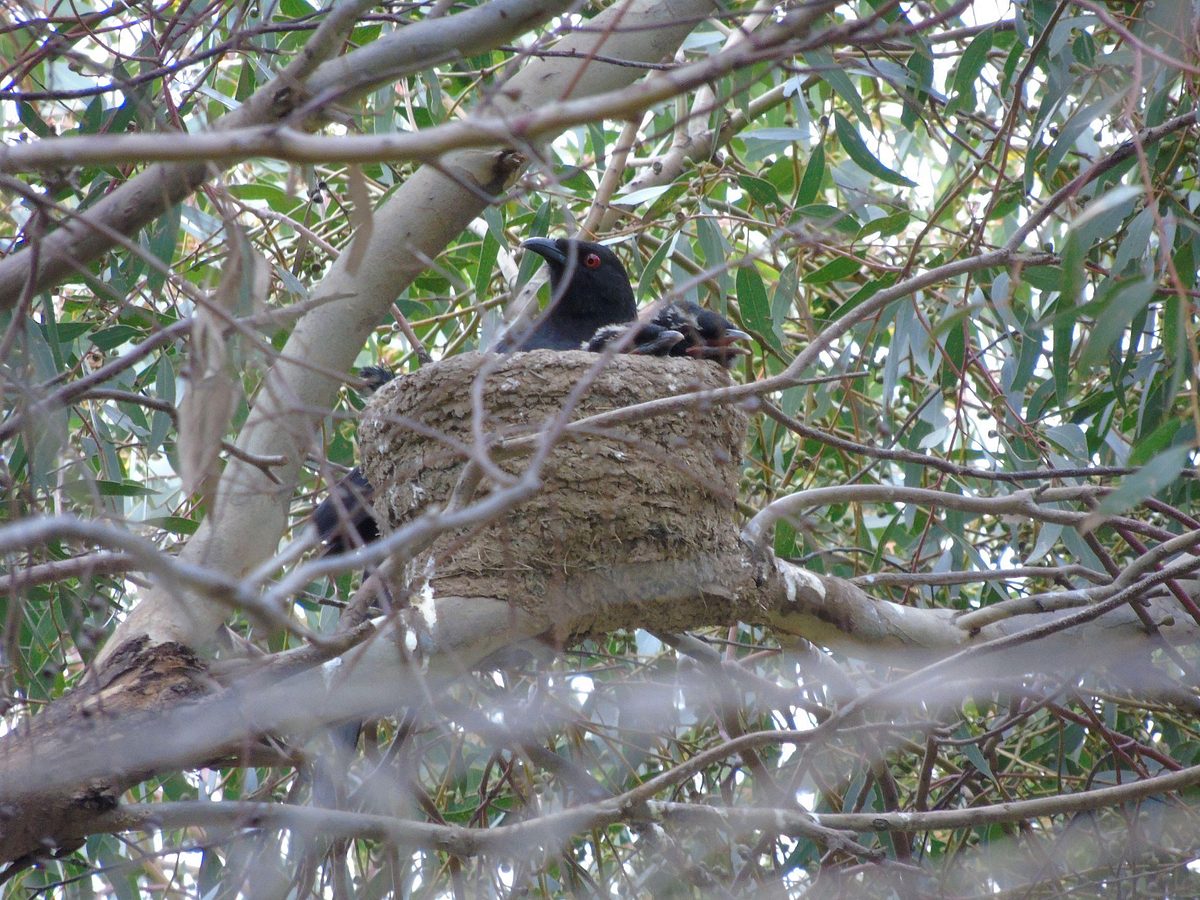Rare bird sightings have ecologist in a flap
Two rare bird species have been spotted at Para Woodlands Nature Reserve, a sign that long-term ecological restoration of the area is producing significant conservation results.

Restoration of Para Woodlands, a former farming property 3km south-east of Gawler, is a project coordinated in partnership by the Department for Environment and Water and Nature Foundation. Over the past 20 years, more than 120,000 local provenance natives have been planted and 1,000kg of native grass seeded.
National Parks and Wildlife Service Restoration Ecologist Dragos Moise spotted the birds, a painted button-quail and a group of white-winged choughs, while carrying out native vegetation assessments of the reserve.
The painted button-quail, a small ground-dwelling bird, is listed as rare under the National Parks and Wildlife Act 1972, and vulnerable in the Adelaide and Mount Lofty region.
The white-winged chough, also listed as rare, is known to gather in flocks of up to 20 individuals. The large, black bird is often confused with ravens or crows, but its curved bill, red eyes and white tipped wings set it apart.
“These sightings are a promising sign that the restoration project is achieving its main objective of providing habitat for local fauna, in particular declining woodland birds,” Mr Moise said.
“We are pleased to see the return of a flock of white-winged chough to the area, as these birds had been displaced during the development of the neighbouring land.
“The birds have since found refuge, built a nest and produced offspring in Para Woodlands Nature Reserve that was planted 15 years ago as part of the restoration project.”
Nature Foundation Chief Executive Officer Alex Nankivell said that the Foundation has a core mission to conserve, protect and restore as much of the South Australian landscape as possible to ensure a secure future for our unique biodiversity.
“The restoration activities at Para Woodlands are a wonderful example of how the ecosystem function of restored landscapes improves with time to provide conditions for rare and threatened fauna to reoccupy previously unsuitable areas,” Mr Nankivell said.
“We are very proud of our partnership with the Department of Environment and Water that has enabled these positive outcomes for nature.”
The State Government has committed to establishing a $3 million Biodiversity Coordination Unit, which will support similar restoration projects.


